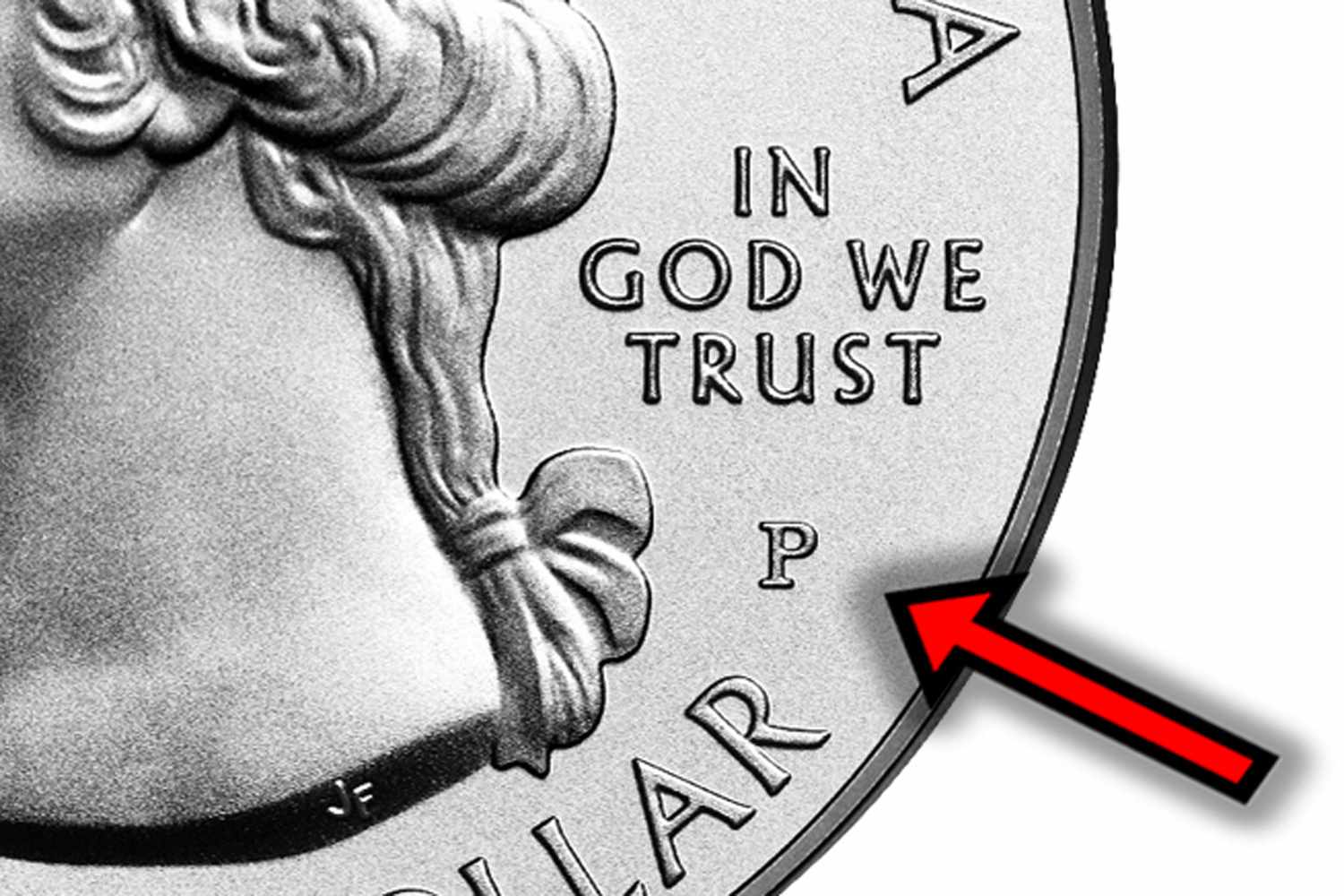Coin Mint Marks: Unveiling the Secret Birthplace of Your Coins

Table of Contents
In the fascinating world of numismatics, every detail matters, and one of the most significant is the mint mark. This small but vital element can provide invaluable insights into your coin’s origin. In this comprehensive guide, we will unravel the mystery behind coin mint marks and why they are so critical in coin collecting.
What Are Coin Mint Marks?
Mint marks are tiny letters stamped on coins that signify where the coin was minted, or produced. They serve as a coin’s ‘birth certificate,’ revealing its origin. Mint marks are an essential factor for collectors as they can impact a coin’s rarity and, therefore, its value.
History of Mint Marks
The use of mint marks traces back to ancient times, with the earliest examples found on Greek and Roman coins. In the United States, mint marks started appearing on coins in the mid-19th century when the US Mint began operating branches outside of Philadelphia.
The Impact of Mint Marks on Coin Value
Not all mints produce the same number of coins. Some coins from specific mints may be scarcer due to lower production, making them more valuable to collectors. Additionally, quality differences between mints can also affect coin values.
Common US Mint Marks
The United States has had several mints over the years, and the most common mint marks you’ll encounter include:
- P or no mark: These coins come from the Philadelphia Mint. Before 1980, Philadelphia-minted coins (except for the Jefferson nickel) did not carry a mint mark.
- D: Coins with this mark were minted in Denver.
- S: This mark signifies the San Francisco Mint.
- W: Coins carrying this mark are from the West Point Mint.
- C: There are a small amount of coins from the early 1800s with the “D” mint mark that were minted in Dahlonega, GA.
- CC: You’ll see this mark on older coins minted in Carson City, Nevada.
- O: This mark is found on coins minted in New Orleans.
Locating Mint Marks on Coins
The location of mint marks varies depending on the coin series and the minting year. For example, on Roosevelt dimes, the mint mark is located to the left of the torch. For Lincoln cents minted between 1909-1958, the mint mark is located below the date.
Conclusion
Recognizing and understanding mint marks is a cornerstone of coin collecting. As we’ve seen, these tiny symbols provide essential information about a coin’s origin and production, influencing its rarity and value. So, next time you come across an old coin, remember to check for its mint mark – a small detail that makes a big difference in the world of numismatics!
